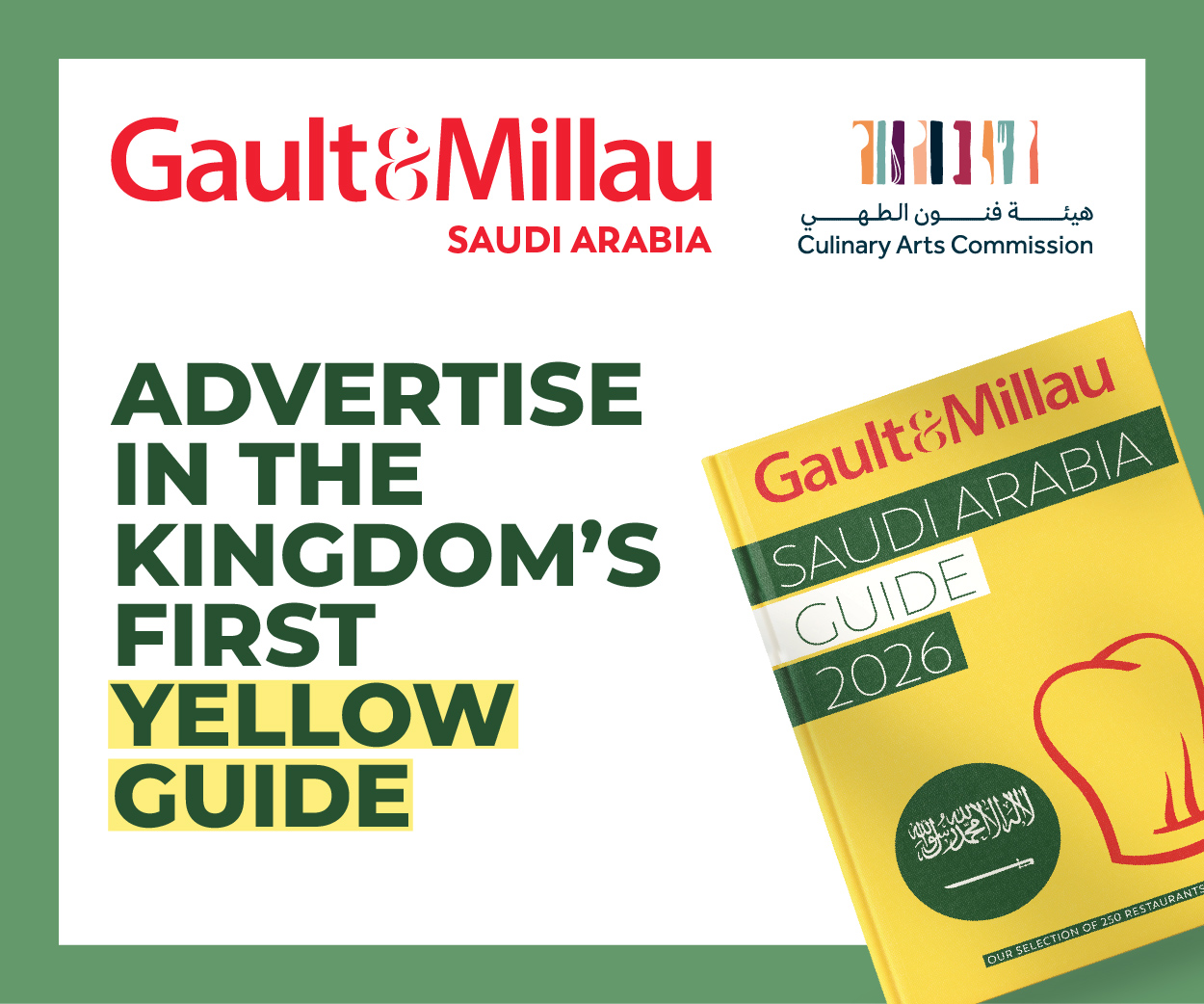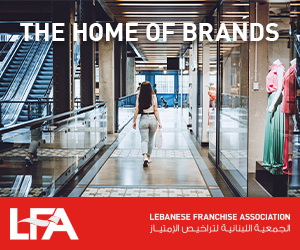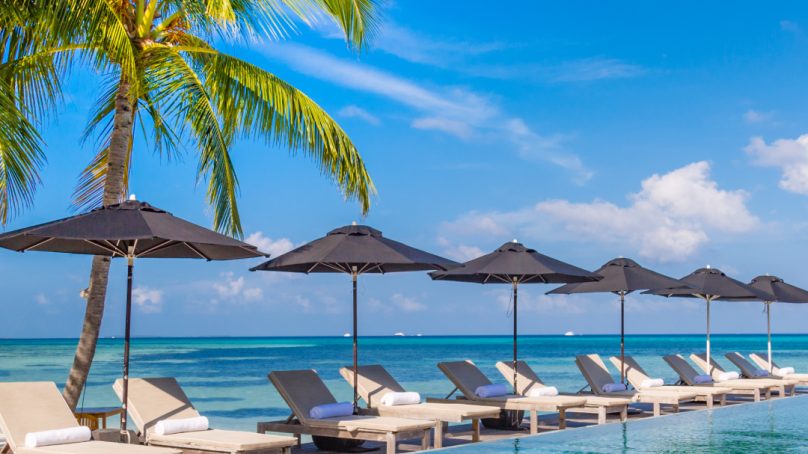
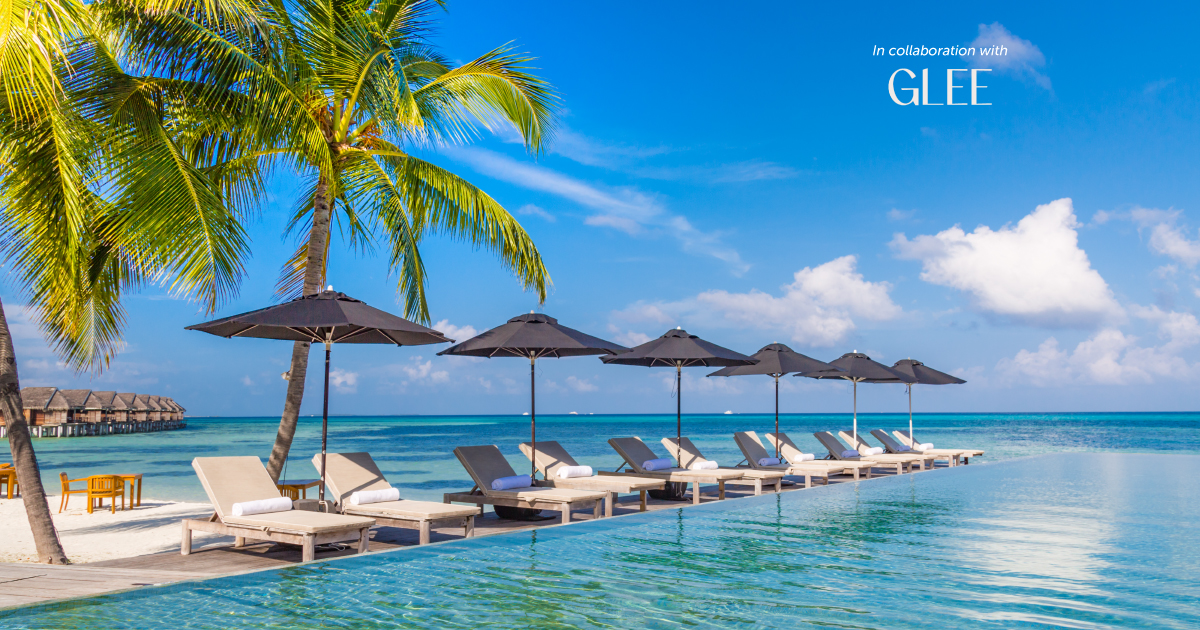
Luxury hospitality in the Middle East is entering an exciting new era. An era defined not just by excess or extravagance, but by experiences, purpose and place. In recent years, we’ve seen global ultra-luxury brands race to establish their presence across MENA’s most dynamic markets. Now, in 2025, they are doubling down with launches that also signal where the future of hospitality is heading.
From the deserts of Saudi Arabia to the skylines of Dubai, the next wave of luxury hotels is pushing boundaries. Think daring design blended with deep cultural relevance, sustainability and hyper-personalized service. Based on current developments, here’s what’s defining the region’s most anticipated hotel openings. And, importantly, what they tell us about the changing face of luxury.
1. Global giants deepen their MENA roots:
top-tier brands like Mandarin Oriental, Six Senses, Rosewood and Aman are strengthening their presence in the region. And this is a clear sign that MENA has moved from emerging luxury market to global anchor for high-net-worth travelers. Additionally, these openings reflect long-term confidence in the region’s economic trajectory and tourism potential. Among the pioneers are:
- Mandarin Oriental Downtown Dubai (opening 2025) – this upcoming flagship combines the group’s Asian hospitality ethos with Dubai’s dynamic energy. With nearly 500 keys, including residences, its urban sophistication is matched by upscale culinary offerings and a spa experience.
- Rosewood Doha, Qatar – set in a city that’s evolving rapidly, this property adds to a market well suited to boutique-style, personalized luxury.
However, these properties are more than just hotels. Additionally, they offer fully immersive environments aimed at today’s guests who are looking for much more than a room and a view. Today’s visitors are drawn to layered experiences. From Michelin-quality dining to cultural programming and wellness ecosystems, they want their stays to unfold like curated journeys.
2. Destination as the design:
Across the region, we’re witnessing a striking evolution. Luxury hotels are being designed as architectural landmarks, often inseparable from their natural or urban surroundings. Two standout examples where the property is part of the entire experience are:
- Desert Rock Resort, Saudi Arabia – a core component of the Red Sea Project, this resort is physically built into mountain rock. It’s a masterclass in biophilic design, allowing guests to connect with the landscape through minimal intrusion and maximal sensory impact.
- Six Senses The Palm, Dubai – taking its inspiration from coral reef formations, this property integrates sustainability and wellness at every level. Its offerings range from cryotherapy chambers to community-driven wellness rituals.
This kind of design thinking elevates hospitality into art. It’s not just about form – it’s about feeling. Guests want to be moved, surprised and reconnect with nature or culture in ways that feel exclusive and grounded.
3. Remote luxury openings:
Think isolation with indulgence. One of the most notable shifts in guest behavior post-pandemic has been the rise of destination seclusion -remote escapes that provide tranquility without sacrificing sophistication. Examples include:
- Hawar Resort by Mantis, Bahrain – this island resort promises barefoot luxury with environmental mindfulness. Activities range from marine conservation encounters to astronomy sessions, all wrapped in the privacy of overwater villas.
- Clinique La Prairie, Amaala, Saudi Arabia – here, wellness goes beyond spa treatments. Guests can engage in comprehensive health diagnostics and longevity therapies, combining medical-grade science with coastal serenity.
In these settings, luxury is no longer about abundance – it’s about clarity. Space, silence and self-discovery have become the new status symbols.
4. Urban icons:
Cities like Dubai continue to redefine urban hospitality with structures that double as visual statements and vertical spectacles. Guests now expect the ‘wow’ factor from the moment they approach the façade.
- Ciel Tower, Dubai Marina – soon to become the world’s tallest hotel, Ciel features a rooftop infinity pool, sky bar and 360-degree observation deck. It’s luxury with a capital ‘L,’ designed as much for the Instagram generation as for seasoned luxury travelers.
- Trump Tower Dubai – controversial yet undeniably bold, this branded development merges hotel and residence into one of Dubai’s most headline-grabbing additions. Its target? The global elite seeking both investment and indulgence.
These projects remind us that in certain markets, visibility equals value – and spectacle sells.
5. Experiences over excess:
Perhaps the most significant evolution is emotional rather than structural. The definition of luxury has changed. Today’s guests – especially millennials and Gen Z high-spenders – aren’t especially impressed by chandeliers or gold taps. They want meaning. That’s why many of these new launches are focusing on:
- Interactive culinary experiences – chef’s tables, foraging expeditions and indigenous ingredient workshops.
- Tech-enabled wellness personalization -AI-curated sleep programs and biometric treatments.
- Purpose-driven storytelling – designs inspired by regional heritage and eco-restoration projects.
- Deep staff personalization – teams trained to deliver recognition, not just service.
These aren’t gimmicks – they’re expectations. When luxury is authentic, it builds not just loyalty, but emotional resonance.
6. Alignment with national visions:
Much of this hotel boom is underpinned by ambitious national strategies. Governments across the MENA region see luxury tourism as a driver of both GDP and international image.
- Saudi Arabia – the kingdom is unlocking vast new territory for resort development through Vision 2030, from AlUla to Neom. And sustainability is at its core.
- The UAE – the country continues to develop its hospitality infrastructure, combining state-of-the-art projects with globally renowned F&B and retail offerings.
- Qatar – having successfully hosted the FIFA World Cup 2022, the country is investing in its long-term cultural and wellness appeal. Importantly, this is supporting efforts to move beyond event-based tourism.
For developers, this alignment presents unique opportunities, but also responsibilities. Sustainable growth, cultural authenticity and local employment are no longer optional – they’re essential to long-term success.
Luxury rooted in emotion
Looking ahead, it’s evident that future openings will be entrenched in a desire to evoke emotions, from awe and calmness to curiosity and a sense of belonging.
We’re witnessing a moment where MENA is not just following global luxury trends, but defining them. The region is leading the charge in how luxury can be transformational and not just transactional. In this future, it’s not the grandest suite that wins, it’s the memory that lingers. And, as someone deeply invested in the region’s hospitality evolution, I can say this with confidence. We’re only just getting started.
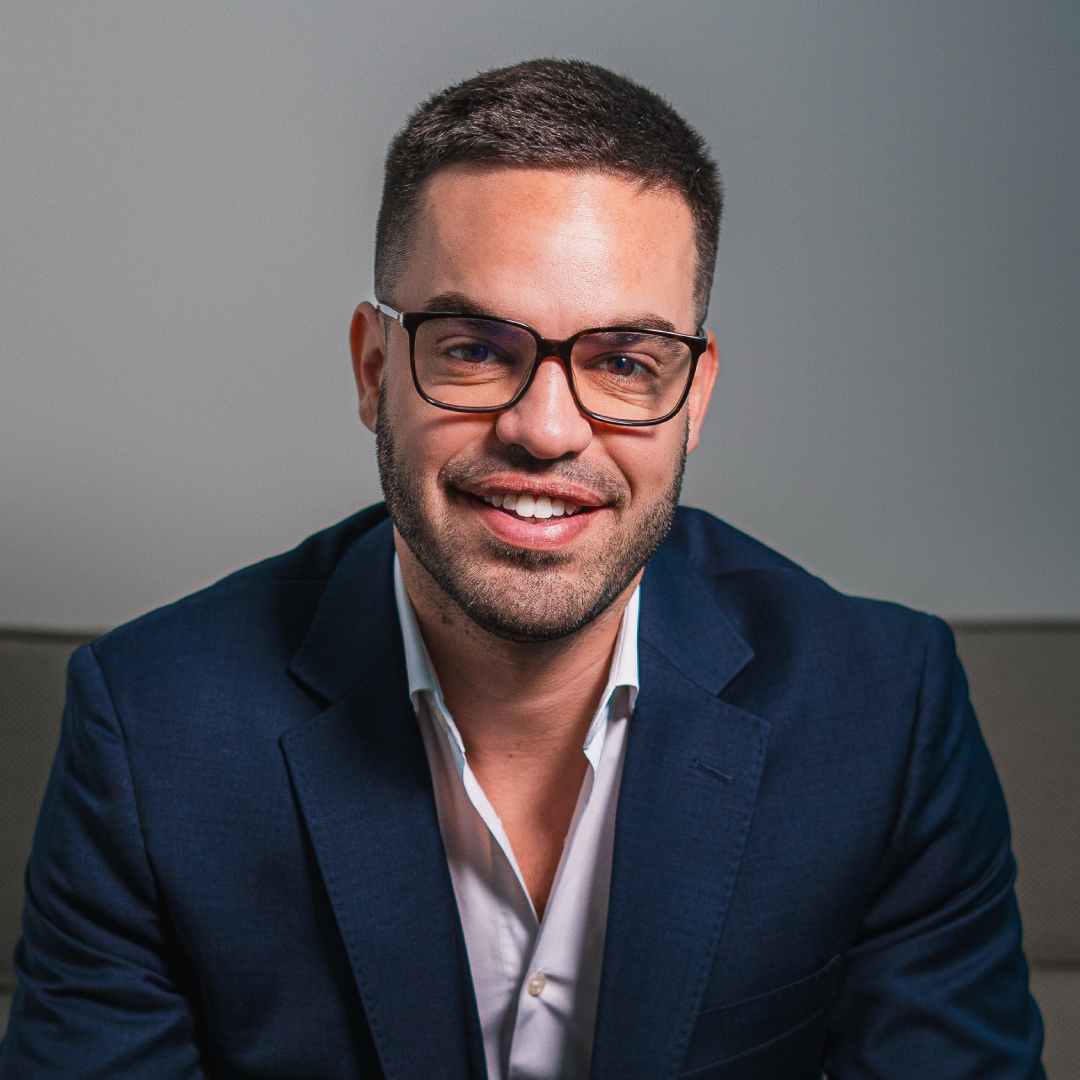
Diogo Ildefonso,
General manager of Glee Hospitality Solutions,
gleehospitality.com
@gleehospitality










